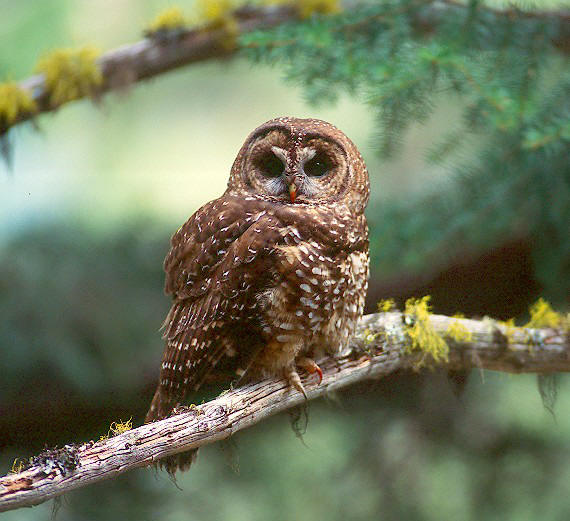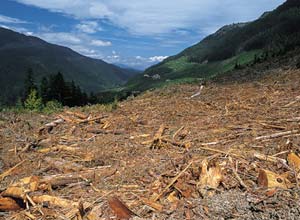

To identify suitable areas, several criteria were established. Forest type (old forest, young forest, and selectively logged forest), biogeoclimatic zones, and elevation are important factors. While the owls prefer old-growth forest, they have been found in selectively logged forest with characteristics similar to those of old-growth (2), and younger forest stands (3). Their associated biogeoclimatic zones are the Coastal Western Hemlock (CWH) and the Interior Douglas Fir (IDF) zones, and they have been found at elevations up to 1370 meters (2). Roads and railroads, fresh water, urban areas, agricultural areas, recently burned forest, recently logged forest, snow and glaciers, and barren surfaces all constrain the habitat since they cannot live in lakes, in cities, on glaciers, etc. However, distances from urban areas, agriculture, and roads and railroads were used as factors because it is unlikely that the owls will live right on the edge of these boundaries due to the disturbances.
If the government of B.C. and logging companies that hold licenses in the suitable habitat were willing to protect the spotted owls and their associated ecosystem, this project would have policy implications and could be used to determine sites to protect from logging and other human disturbance.
The results could also be useful for a reintroduction program by helping to determine suitable areas to reintroduce the owls.